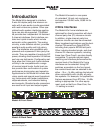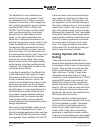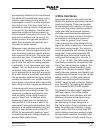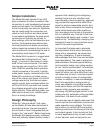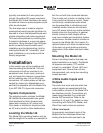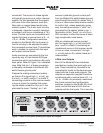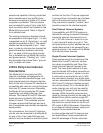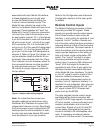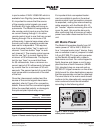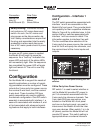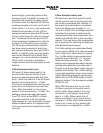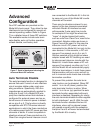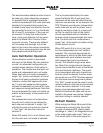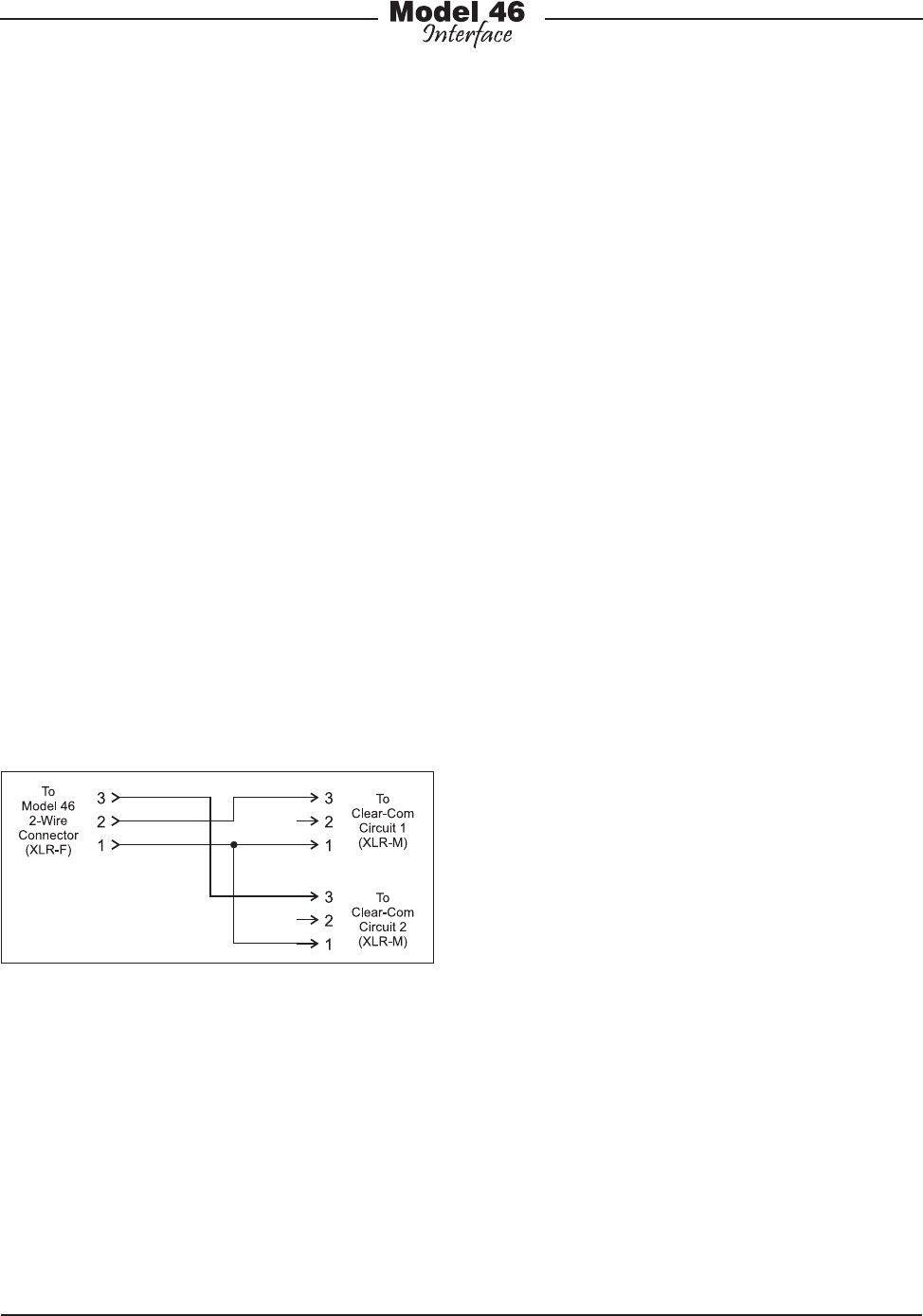
Model 46 User Guide Issue 2, September 2007
Studio Technologies, Inc. Page 13
associated with each Model 46 interface.
In these applications one might want
to view the Model 46 as providing four
2-wire-to-4-wire interface circuits. The
Model 46 can certainly be used in this
fashion, but adapter cables will have to be
prepared. These adapters will “split” the
Model 46’s 2-wire PL intercom connectors
into two 3-pin male XLR connectors, one
for each audio channel. Pin 1 of the female
3-pin XLR intended to mate with the Model
46 will connect to pin 1 of both 3-pin male
XLR connectors. Pin 2 of the female XLR
will go to pin 3 of the male XLR designated
as channel 1. Pin 3 of the female XLR will
go to pin 3 of the male XLR designated as
channel 2. Refer to Figure 2 for details. Us-
ing two adapter cables the Model 46 can
be directly interconnected with four Clear-
Com intercom circuits. However, power for
the connected devices must be provided
by external power sources. The Model
46’s ability to supply intercom power will
not be utilized.
Refer to the Configuration and Advanced
Configuration sections of this user guide
for details.
Remote Control Inputs
The Model 46 allows connection of three
externally provided DC signals. These
signals can provide remote control opera-
tion of three functions: auto nulling for
interface 1, auto nulling for interface 2, and
a special “mic kill” function. Remote con-
trol of the auto nulling functions provides a
resource identical to that of the front-panel
pushbutton switches. The exact manner in
which the buttons and the remote control
inputs operate depends on the setting of
auto null button mode configuration DIP
switch. The “mic kill” function is unique,
only being available using the remote
control input. It causes a 500 millisecond
“burst” of 24 kHz signal to be sent se-
quentially to both of the 2-wire partly-line
interface channels associated with each
of the Model 46’s two interfaces. To clarify,
a “mic kill” signal is sent to a total of four
intercom channels whenever the func-
tion is activated. Independent control of
sending “mic kill” signals to interface 1 or
interface 2 is not supported. User intercom
devices compatible with this 24 kHz “mic
kill” signal include RTS TW-series belt-
packs such as the BP325.
The opto-coupled remote control inputs
are designed for direct connection with
3.3 and 5 volt DC logic signals. An internal
475 ohm resistor, in series with each opto-
coupler’s photodiode, acts to limit the
current flow. Signals of up to 32 volts DC
can be safely connected as long as the
current is limited to 20 milliamperes maxi-
mum. If necessary, an external resistor
can serve to limit the current. For example,
Note: It’s critical that the correct con-
figuration settings be made when using
the Model 46’s interfaces to support four
independent intercom circuits. Specifically,
the 2-wire power source configuration DIP
switches must be set for external. In addi-
tion the auto terminate disable DIP switch
must be placed in its on (up) position.
Figure 2. Adapter cable wiring diagram



